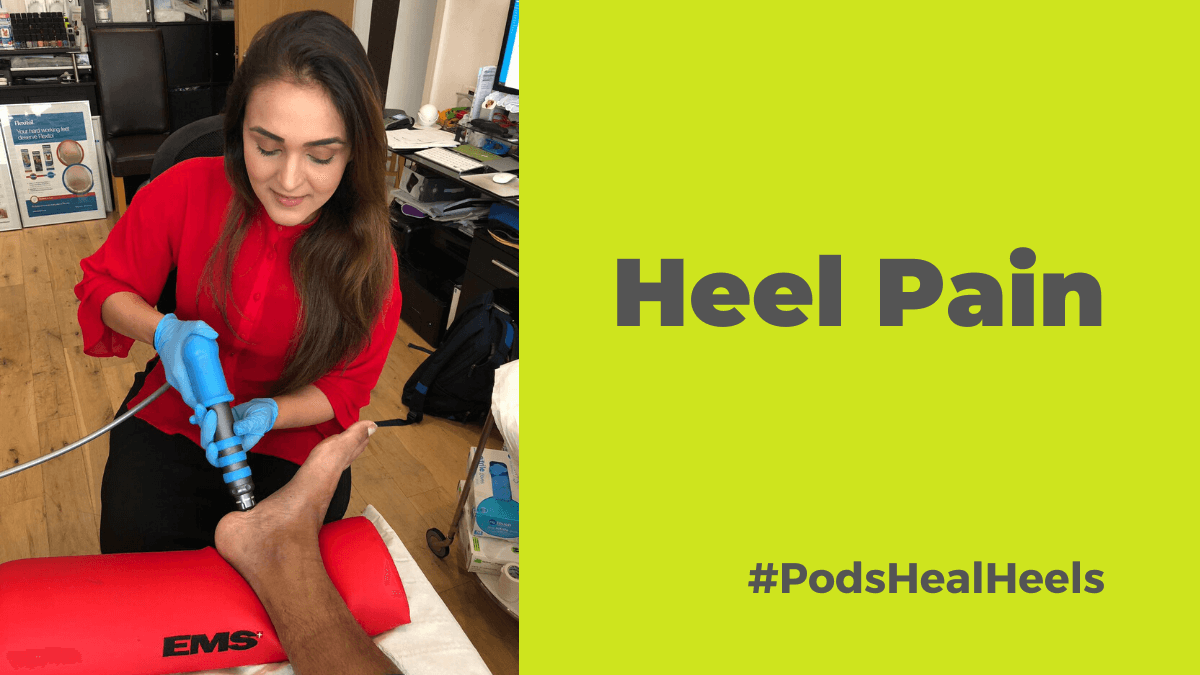
If you’ve been lucky enough to escape heel pain- amazing! We honestly hope you don’t ever experience the crippling, exhausting pain that can make every step of your day unbearable. Sadly heel pain is really common as your feet take the brunt of your busy life and logically the impact of that will show.
Time when heel pain can hit-

Heel pain is a complicated issue; the foot and ankle have a lot going on within a small space of the body. Working out exactly where the pain is coming from is tricky- which is why you need an expert!
Your heel pain could be from over 20 different conditions each needing different diagnostic assessments and treatments.
Over the next two
One of the heel pain conditions that most people think of is plantar fasciitis. We wrote a blog about it, click here to read it. Plantar fasciitis is often incorrectly self-diagnosed, the pain you feel could also easily be a heel spur, muscle tear, tendonitis or bursitis.
The treatment you require depends on what we diagnose but common options include mobilisations, exercise, orthotics and shockwave therapy. If you do not have time to book an appointment at the moment we do not want your suffering at home, click here to read our top 5 things to try at home to ease your heel pain.
You can call us or book an appointment with us online.
.png)
Discover how foot problems like flat feet, high arches, and poor footwear can contribute to chronic back pain. Learn about the foot-spine connection and effective solutions to improve posture and reduce discomfort
.png)
Discover what causes ankle instability, its symptoms, and how specialised podiatric treatment can help. Orthotics, exercise and shockwave from Flawless Feet